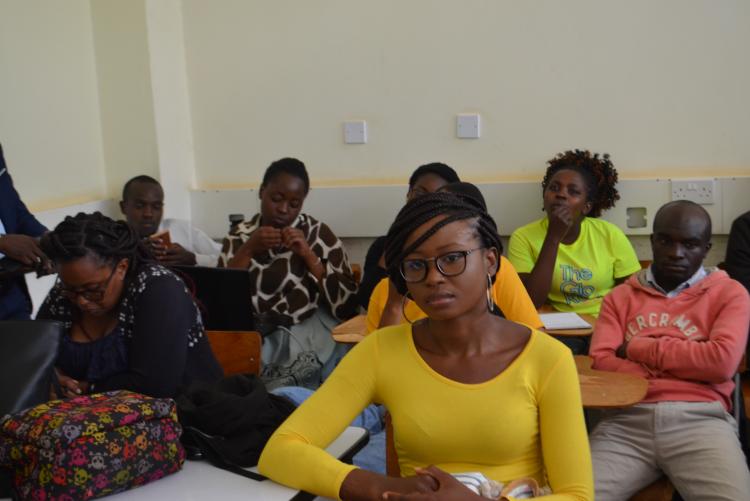The agricultural sector is faced with productivity differentials among male, female and jointly managed plots especially in developing countries, which affect technical efficiency (TE). In Sub-Saharan Africa (SSA) gender productivity differentials vary between 4 and 40%, this negatively affects the overall agricultural output both at the household and national level. Differences in efficiency have been mainly attributed to gender-related constraints that affect female plot managers differently compared to their male counterparts, together with socio-economic and institutional systems.
The agricultural sector is faced with productivity differentials among male, female and jointly managed plots especially in developing countries, which affect technical efficiency (TE). In Sub-Saharan Africa (SSA) gender productivity differentials vary between 4 and 40%, this negatively affects the overall agricultural output both at the household and national level. Differences in efficiency have been mainly attributed to gender-related constraints that affect female plot managers differently compared to their male counterparts, together with socio-economic and institutional systems. Although past studies have tried to quantify productivity and TE differentials, they have often been faced with methodological challenges because most of them have used the head of the household as the gender variable instead of the plot manager involved in actual farm operations and management. In order to offer insights on this critical aspect, this study analyzed sex-disaggregated cross-sectional data collected from 362 farmers in three districts of Uganda (Kumi, Lira and Serere) between October and November 2017 by the International Crops Research Institute for the Semi-Arid Crops (ICRISAT). Descriptive statistics and Ordinary Least Squares (OLS) regression were used to assess determinants of productivity. A stochastic metafrontier approach was applied to analyze TE and technology gaps between the male, female and jointly -managed sorghum plots while a two-limit tobit model was estimated to assess determinants of TE.
Results of the stochastic metafrontier showed that female farmers in Serere and Kumi districts had higher TE scores compared to male-managed plots, which was attributed to women taking advantage of the informal labour rotation groups, while in Lira where sorghum farming is commercialized, male plot managers had a higher mean TE score compared to female plot managers. Jointly-managed plots had a higher mean TE score across the three study areas than female-managed plots but lower compared to male plots. Male plot managers had a higher mean TE with respect to the metafrontier and mean technology gap ratio (TGR) compared to female-managed plots, while jointly-managed plots had a higher mean TE and mean TGR than female-managed plots but lower compared to male-managed plots.
Results of the two- limit tobit model showed that the age of sorghum plot managers, years completed in formal education, use of family labour, distance to sorghum plots and plot size had significant positive effects on TE. On other hand, sorghum plot managers’ years of farming and household size influenced TE negatively. Since sorghum is commercialized in Lira district unlike in Kumi and Serere district, holding Lira district constant revealed that plot managers in Kumi and Serere district had lower TE of 2.7% and 4.8%, respectively compared to Lira district.
The study recommends sustainable development interventions by non-governmental organizations in contrast to public or joint public-private interventions. This promotes capacity building for female sorghum plot managers to utilize various farm inputs effectively taking into account diversity in agricultural production (small-scale, medium-sized and large-scale production). Small scale plot managers require provision of farm inputs which influence productivity and TE. Medium and large scale plot managers may need newer varieties since they may be operating optimally using the current technology available.
Moreover, policies geared towards promoting universal access to education among male and female farmers, provision of farm inputs such as certified seeds through agricultural institutions as opposed to use of military and investment in developing new seed varieties to obtain further productivity gains would play a key role in increasing sorghum productivity, TE and technology gap ratios (TGRs) of small holder farmers in Uganda.
Key words: productivity, technical efficiency, technology gap, sorghum, gender.
- Log in to post comments

